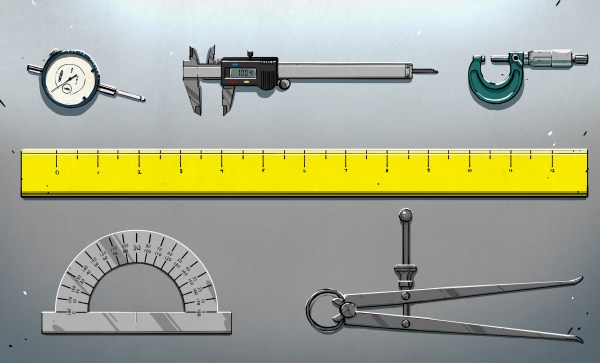Unlike computer games, which smoothly and continuously evolved along with the hardware that powered them, console games have up until very recently been constrained by a generational style of development. Sure there were games that appeared on multiple platforms, and eventually newer consoles would feature backwards compatibility that allowed them to play select titles from previous generations of hardware. But in many cases, some of the best games ever made were stuck on the console they were designed for.
Now, for those following along as this happened, it wasn’t such a big deal. For gamers, it was simply a given that their favorite games from the Super Nintendo Entertainment System (SNES) wouldn’t play on the Nintendo 64, any more than their Genesis games could run on their Sony PlayStation. As such, it wasn’t uncommon to see several game consoles clustered under the family TV. If you wanted to go back and play those older titles, all you had to do was switch video inputs.
But gaming, and indeed the entertainment world in general, has changed vastly over the last couple of decades. Telling somebody today that the only way they can experience The Legend of Zelda: A Link to the Past is by dragging out some yellowed thirty-odd year old console from the attic is like telling them the only way they can see a movie is by going to the theater.
These days, the expectation is that entertainment comes to you, not the other way around — and it’s an assumption that’s unlikely to change as technology marches on. Just like our TV shows and movies now appear on whatever device is convenient to us at the time, modern gamers don’t want to be limited to their consoles, they also want to play games on their phones and VR headsets.
But that leaves us with a bit of a problem. There are some games which are too significant, either technically or culturally, to just leave in the digital dust. Like any other form of art, there are pieces that deserve to be preserved for future generations to see and experience.
For the select few games that are deemed worth the effort, decompilation promises to offer a sort of digital immortality. As several recent projects have shown, breaking a game down to its original source code can allow it to adapt to new systems and technologies for as long as the community wishes to keep them updated.
Continue reading “Video Game Preservation Through Decompilation”

















